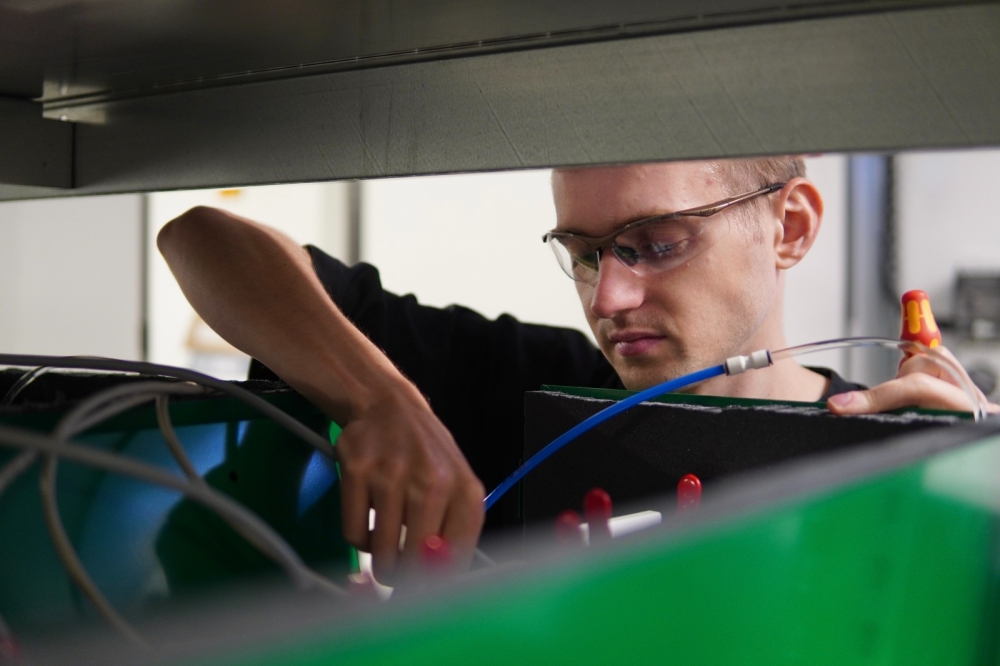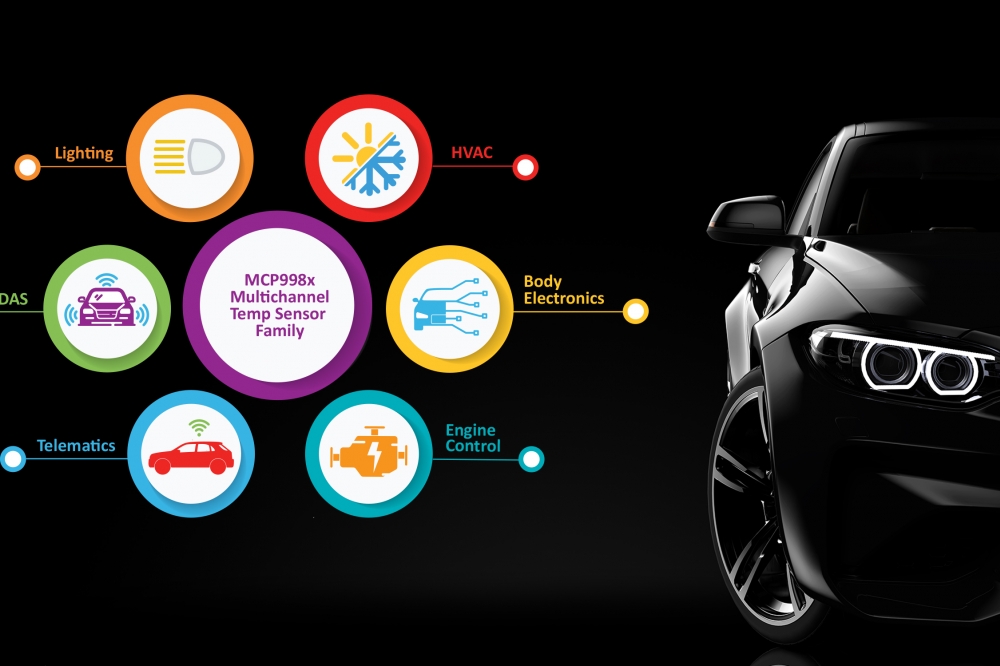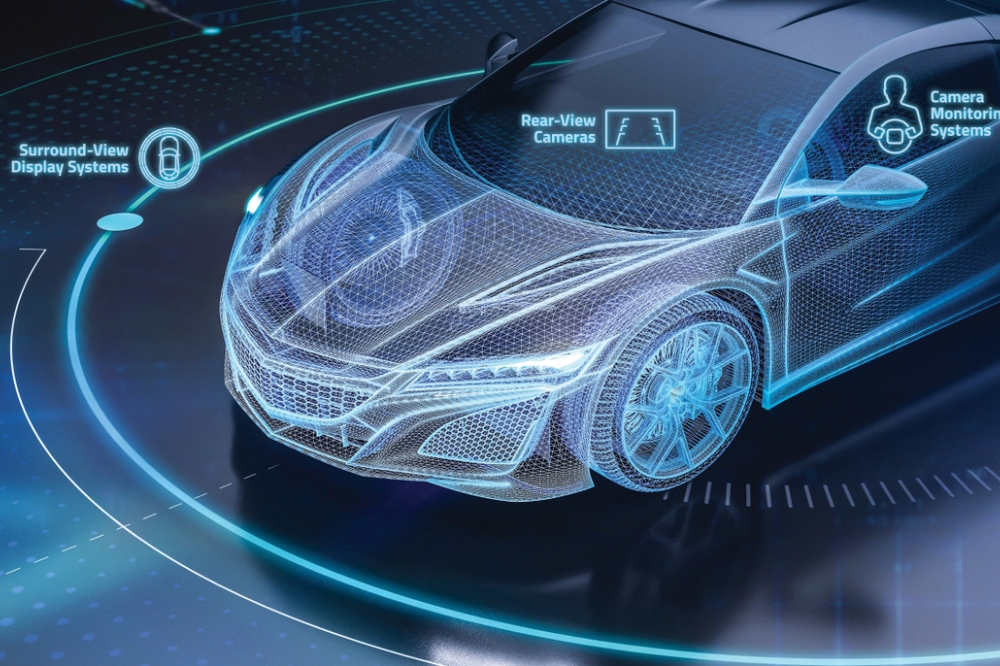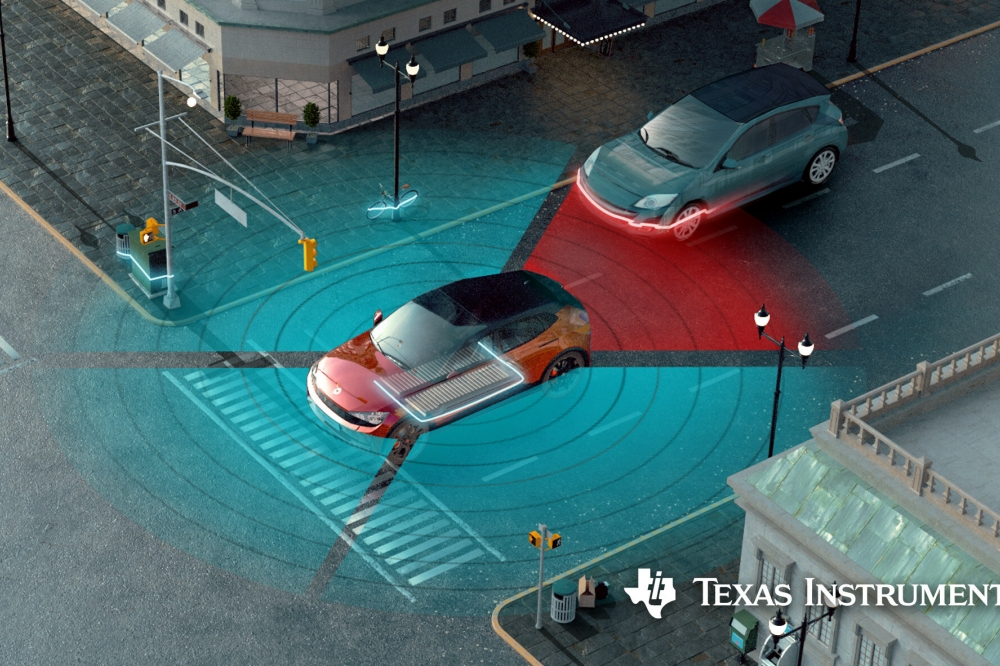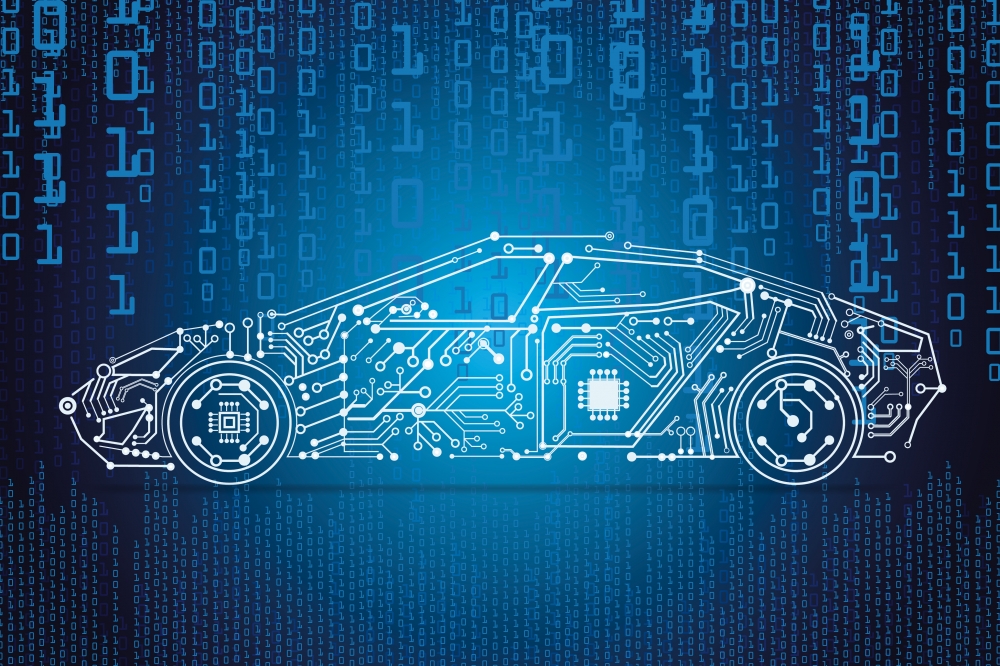NVIDIA’s Supercomputer supports Self-Driving cars
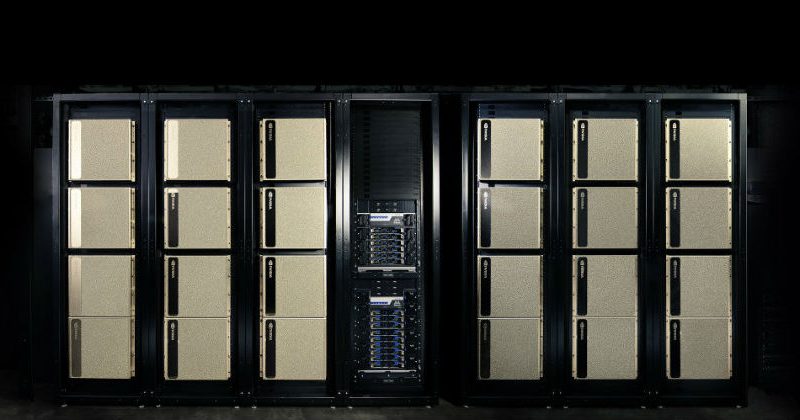
NVIDIA unveiled the world’s 22nd fastest supercomputer — DGX SuperPOD — which provides AI infrastructure that meets the massive demands of the company’s autonomous-vehicle deployment programme.
The system was built in just three weeks with 96 NVIDIA DGX-2H supercomputers and Mellanox interconnect technology. Delivering 9.4 petaflops of processing capability, it has the muscle for training the vast number of deep neural networks required for safe self-driving vehicles. Customers can buy this system in whole or in part from any DGX-2 partner based on our DGX SuperPOD design.
AI training of self-driving cars is the ultimate compute-intensive challenge. A single data-collection vehicle generates 1 terabyte of data per hour. Multiply that by years of driving over an entire fleet, and you quickly get to petabytes of data. That data is used to train algorithms on the rules of the road — and to find potential failures in the deep neural networks operating in the vehicle, which are then re-trained in a continuous loop.
“AI leadership demands leadership in compute infrastructure,” said Clement Farabet, Vice President of AI infrastructure at NVIDIA. “Few AI challenges are as demanding as training autonomous vehicles, which requires retraining neural networks tens of thousands of times to meet extreme accuracy needs. There’s no substitute for massive processing capability like that of the DGX SuperPOD.”
Powered by 1,536 NVIDIA V100 Tensor Core GPUs interconnected with NVIDIA NVSwitch and Mellanox network fabric, the DGX SuperPOD can tackle data with peerless performance for a supercomputer its size. The system is hard at work around the clock, optimising autonomous driving software and retraining neural networks at a much faster turnaround time than previously possible.
For example, the DGX SuperPOD hardware and software platform takes less than two minutes to train ResNet-50. When this AI model came out in 2015, it took 25 days to train on the then state-of-the-art system, a single NVIDIA K80 GPU. DGX SuperPOD delivers results that are 18,000x faster. While other TOP 500 systems with similar performance levels are built from thousands of servers, DGX SuperPOD takes a fraction of the space, roughly 400x smaller than its ranked neighbours.
NVIDIA DGX systems have already been adopted by other organisations with massive computational needs of their own — ranging from automotive companies such as BMW, Continental, Ford and Zenuity to enterprises including Facebook, Microsoft and Fujifilm, as well as research leaders like Riken and US Department of Energy national labs.
NVIDIA’s Supercomputer supports Self-Driving cars
Modified on Thursday 20th June 2019
Find all articles related to:
NVIDIA’s Supercomputer supports Self-Driving cars


 Add to my Reading List
Add to my Reading List Remove from my Reading List
Remove from my Reading List